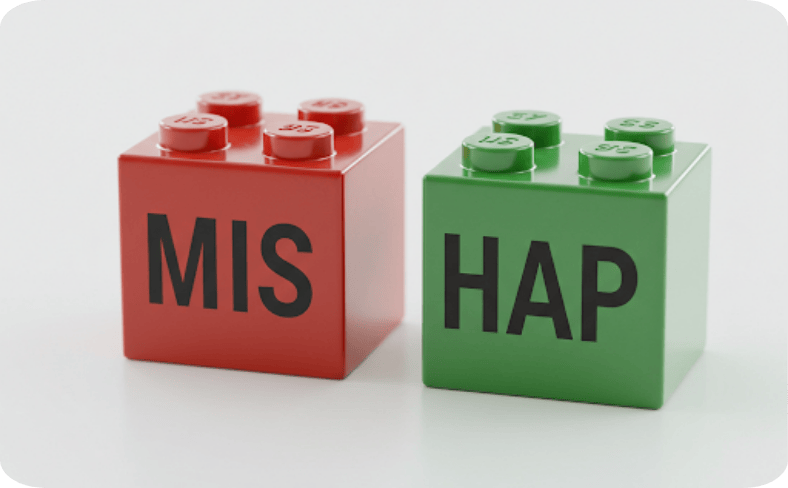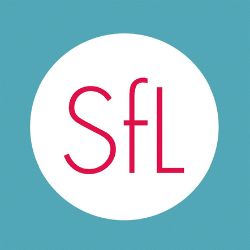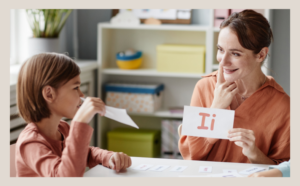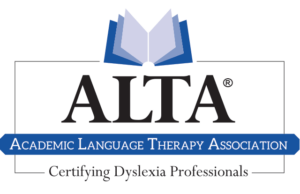No products in the cart.

You might have heard the word “morphology” buzzing around lately. It’s a key part of how kids learn to read and write, and it’s simpler than it sounds! So, what is it, and why should we care?
What is Morphology?
Think of words like LEGO bricks. Morphology is the study of these “word bricks,” called morphemes. Morphemes are the smallest pieces of a word that have meaning. Take the word ‘mishap,’ for instance, ‘mis-‘ means ‘wrong,’ and hap’ means ‘luck’ or ‘chance.’ So, a ‘mishap’ is when your luck goes wrong—something bad happens. Two little pieces of the word, and you get a big meaning!”

It’s all about understanding how words are built. Just like LEGOs fit together to create amazing structures, morphemes combine to form amazing words. Morphemes are just the building blocks of words!
Why is Morphology Important for My Child?
It is a foundational element of language development, often overlooked in favor of just phonics and or sight words. To truly grasp its importance, envision language as a complex architectural LEGO structure, where each brick, or morpheme, contributes to the overall design and stability. These morphemes—prefixes(at the beginning), suffixes(at the end), and root words(the core meaning)—carry distinct meanings, and understanding their interplay unlocks a deeper comprehension of language. Just as with the LEGOs, you can assemble morphemes in a nearly infinite number of ways you can assemble morphemes in a nearly infinite number of ways.
Understanding these word parts helps us understand how words work. When we spend time learning about these word parts, like prefixes, suffixes, and root words, we can gain a deeper understanding of the words we use, thus a better understanding of what we say and read. We become word detectives, ready to solve the mysteries of the language that we use every day.
“For example, if your child understands that ‘pre-‘ means ‘before,’ they can better understand words like ‘preview’ or ‘predict.’
Why does Morphology matter?
Morphology can help all students better understand what they read! It can be particularly helpful for students who struggle with reading and comprehension. For students with dyslexia, reading can at times feel like memorizing a huge list of words. Instead, morphology allows dyslexic students to recognize and manipulate meaningful word parts. Morphology provides a structured and predictable system for understanding word relationships, which can be particularly helpful for students who struggle with the inconsistencies of English words. Morphology combined with the science of reading techniques offers a more powerful approach:
Vocabulary Power-Up: Instead of memorizing every word, your child learns to break down unfamiliar words into familiar parts. This is like having a secret code to unlock new vocabulary! It’s especially helpful for those longer, trickier words they’ll find in school books.
Reading Superpowers: When children understand how word parts work together, they understand what they’re reading better. It helps them make connections between words and grasp the meaning of stories and information.
Spelling Success: Morphology helps students understand spelling patterns. Many spelling “rules” are based on how morphemes combine. Knowing word parts makes spelling longer words much easier!
Writing Confidence: A good understanding of morphology enables students to use a wider range of words in their writing, making them more confident writers.
Tackling Tricky Words: As students move up in school, they’ll face more complex words. Morphology gives them the tools to handle those challenges.
How Parents Can Help
- Point out word parts: When you are reading with your child, draw attention to prefixes, suffixes, and root words. For example, ‘Look, ‘re-‘ means ‘again,’ so ‘replay’ means to play again.
- Use visual aids: Create charts or diagrams that show how word parts fit together.
- Make it fun: Learning about words can be fun! Make it a game, and your child will be more engaged.
- Most importantly, encourage questions: Foster a curiosity about words. When your child asks “What does that word mean?” take the time to break it down.
If they misheard you – well we already know that the prefix mis means -wrong or bad – and we know the word heard means to hear. So to mishear someone …… yep you got it … you heard them wrong!
By looking at the practical applications of morphology, you can better understand its importance and how morphology can support your students’ literacy development.
In summary
Why is Teaching Morphology Important? It can help improve:
- Vocabulary Growth
- Reading Comprehension
- Enhance Spelling Skills
- Improve Writing Abilities
- Help with Difficult Academic Vocabulary
The Educational Therapists and Specialists at Strategies for Learning can support your student’s morphology growth. Let’s work together to build word detectives!
Written by Jessica Ghassemi, ALTA, MA






No comment yet, add your voice below!